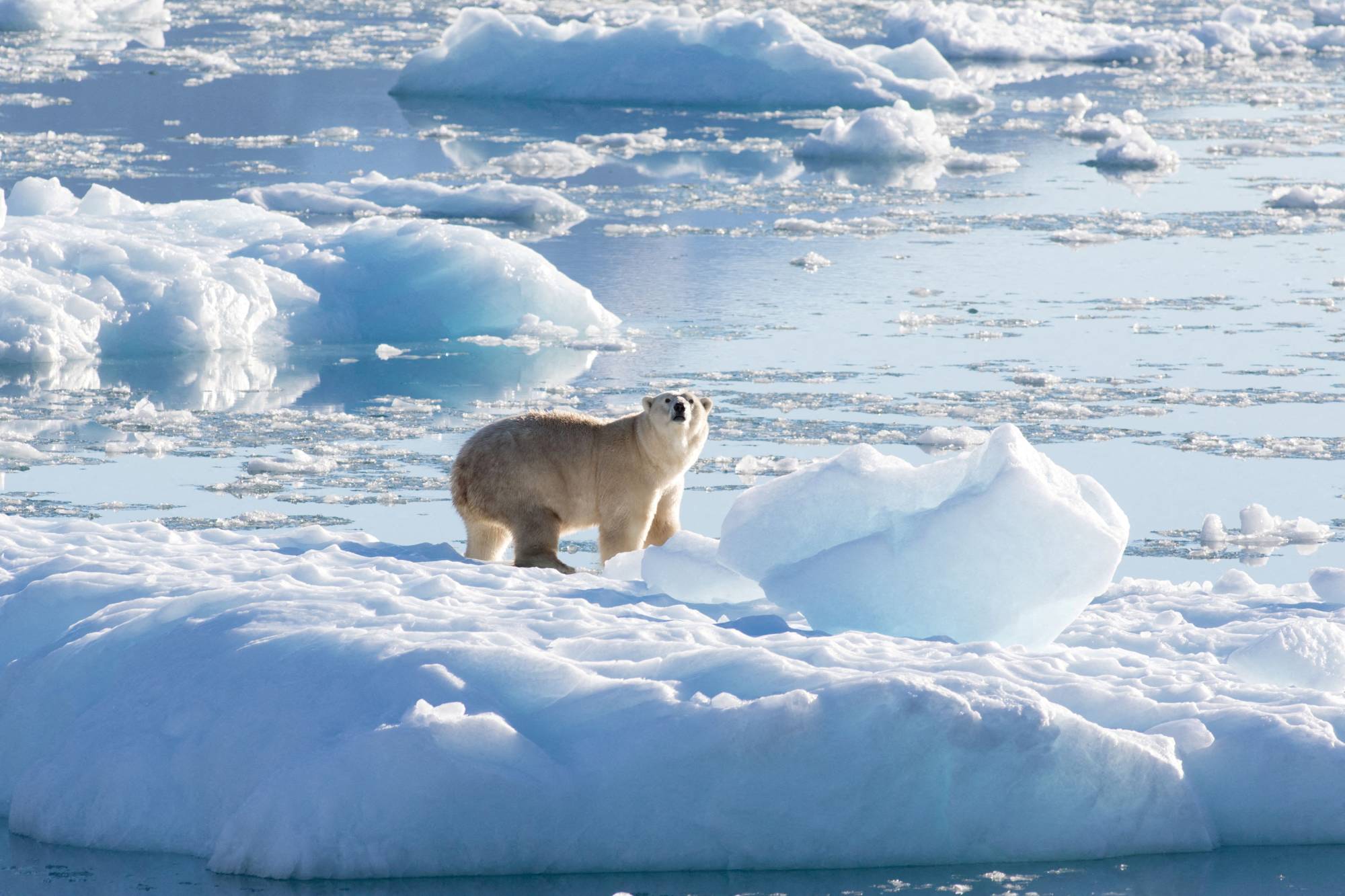For the first time ever, the most likely scenario for global temperatures is that they will breach 1.5 degrees Celsius of warming for at least a year within the next five years, the World Meteorological Organization (WMO) said Wednesday.
Last year's report by the agency put the odds of temporary warming by 1.5 C above preindustrial levels, a threshold set out for long-term average temperatures in the 2015 Paris Agreement, at about 50-50.
With a 66% chance of temporarily reaching 1.5 C by 2027, "it's the first time in history that it's more likely than not that we will exceed 1.5 C," said Adam Scaife, head of long-range prediction at Britain's Met Office Hadley Centre, who worked on the WMO's latest Global Annual to Decadal Climate Update.
















With your current subscription plan you can comment on stories. However, before writing your first comment, please create a display name in the Profile section of your subscriber account page.